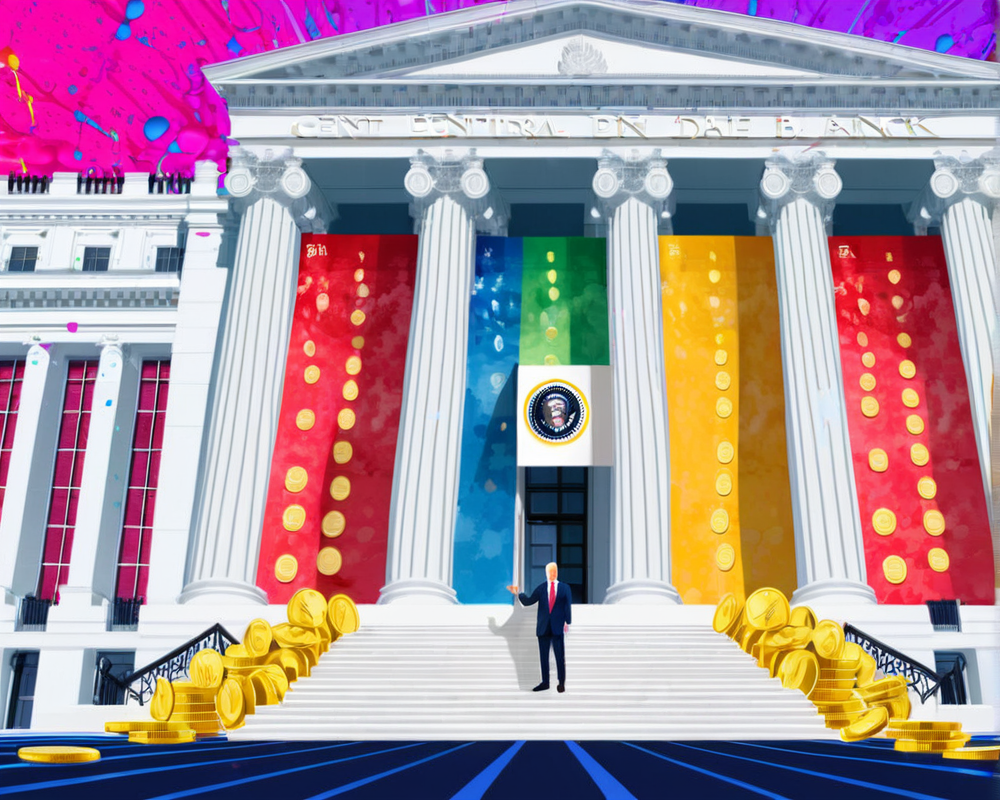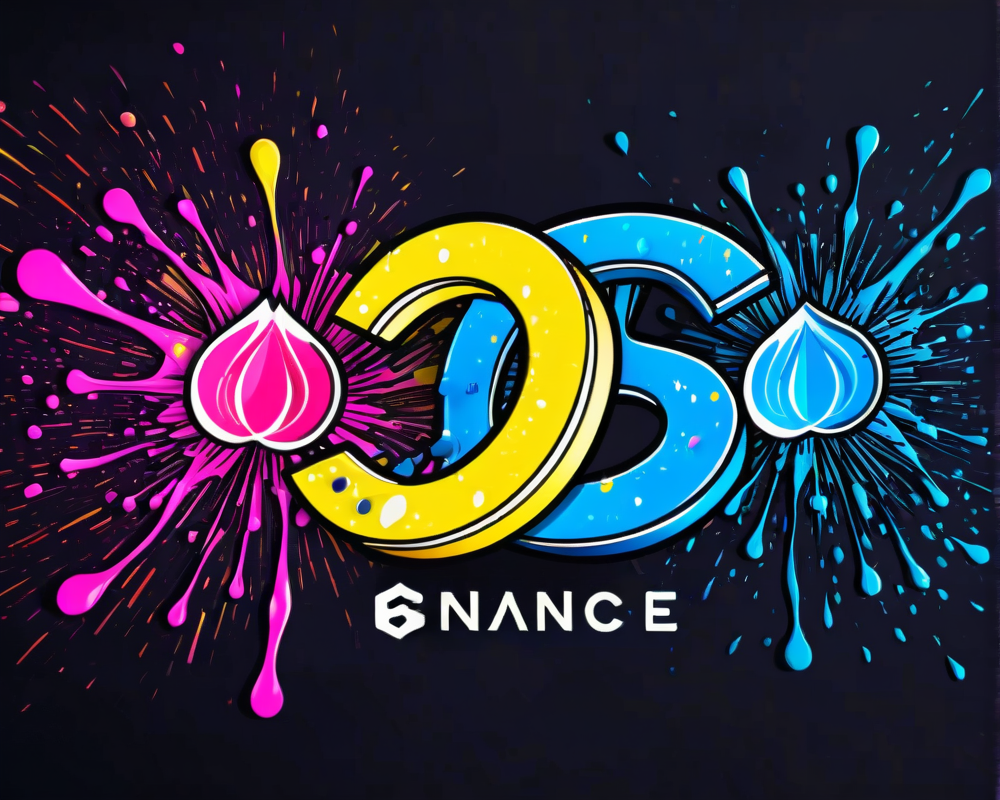Understanding the OSTP’s CBDC Analysis
The Office of Science and Technology Policy (OSTP) recently rolled out an extensive analysis on 18 design options for Central Bank Digital Currencies (CBDCs) in the U.S. Directed by President Joe Biden, this fascinating report not only highlights potential avenues for a U.S. digital dollar but also uncovers the pitfalls lurking in the shadows of digital currency complexity.
The Six Crucial Categories for CBDC Design
When approaching the labyrinth of CBDC designs, the OSTP broke down its analysis into six broad categories. These categories are:
- Participants
- Governance
- Security
- Transactions
- Data
- Adjustments
This organizational approach sounds systematic, but rest assured, navigating these categories is like trying to pick the right toppings at an ice cream shop—pretty overwhelming yet ridiculously vital.
The Puzzle of Permissionless vs. Permissioned Systems
As the report indicates, OSC intends to develop a central authority for the CBDC program, marking a clear preference for a permissioned system. They dropped a tantalizing nugget, suggesting that improved technology might someday enable a permissionless model, meaning an online money utopia where rules are as scarce as a good parking spot on a Saturday night!
The Participants Dilemma
The report dives into which parties should be involved in these CBDC systems. It specifically addressed the transport layer and interoperability, emphasizing the impact of third parties. Imagine trying to make dinner in a tiny kitchen; too many cooks can spoil the broth, and the same can happen in the context of digital currency.
Governance—An Overthinkers Dream
On the governance front, the OSTP weighed several factors, such as permissioning, access tiering, and identity privacy. Let’s face it—navigating the intricate governance of a digital dollar could be more complex than untangling headphones that have been at the bottom of your bag for a week!
Energy Consumption: The Elephant in the Room
The report doesn’t shy away from addressing environmental concerns either. The OSTP highlighted that the U.S. crypto assets consume a staggering amount of energy—around 50 billion kilowatt-hours per year! In the wise words of one fictional chicken, the energy cost here is no joke! To put it in perspective, major credit card companies consume less than 1% of that amount while processing vastly more transactions. Talk about energy efficiency!
The Path Ahead for CBDCs in the U.S.
As we stand on the brink of a potential digital currency future, the OSTP report sets the stage for impending deliberations. When policymakers finalize design choices for a U.S. dollar CBDC, they will have a roadmap of trade-offs and technical decisions outlined in this extensive analysis.
In conclusion, the proverbial ball is now in Congress’s court. Here’s hoping they don’t fumble it like a quarterback who forgot it was a tackle game!




